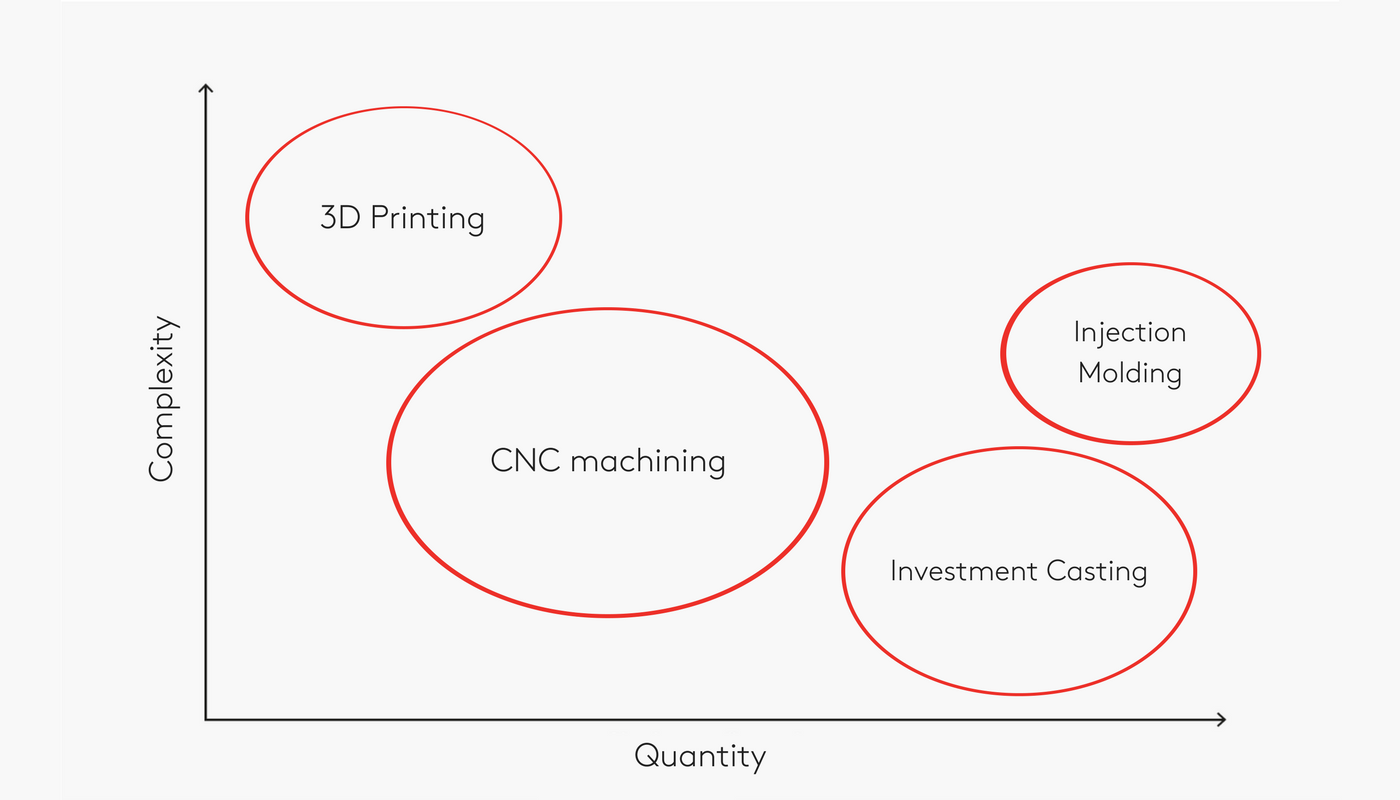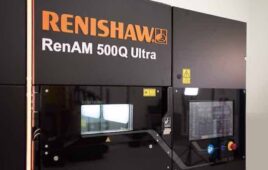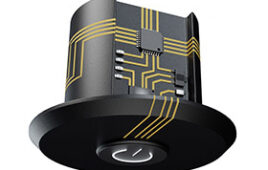It can be, but it depends on several factors.
- The number of units to be produced
- The number of times a design could or will change
- Time
- Part finish needs
3D printing is not as fast at making products as injection molding. Thus, when the need is for thousands of the same product, injection molding can be the more cost- effective choice.
In general, service bureaus that provide both services will say that if you need more than 10,000 products in a year, you are better off with injection molding. If you need only a few hundred to a couple of thousand units, then 3D printing will offer more advantages.
The key advantage behind 3D printing is you will likely not need a mold, as you will with injection molding. Molds are usually expensive to design and make. The cost of a mold is amortized over the number of units made.
Given this, consider how many iterations a design may go through. If it will be several, consider 3D printing before injection molding. It is far less costly to alter a design when 3D printing than it is for injection molding because of the cost and time to develop molds. Perfect the design first using 3D printing, then shift to injection molding if the number of units needed is high enough.
Factor in time. Even though 3D printing is getting faster, it still cannot compete with injection molding speeds. 3D printing designs, depending on complexity and size, can take hours to a couple of days to make. With injection molding, the lag time is in the development of the mold. Otherwise, injection molding can make a high number of parts in seconds.
Finally, consider part finish. In many cases, 3D printed parts will need post-processing, which can consist of the removal of supports, painting or other surface finish, sanding, smoothing, and so on. Injection molded parts often have a better surface finish.
Each technology suits a different type of application. Analysis using the above variables will help you make your choice.
Filed Under: 3D printing • additive • stereolithography, Molding • injection molding components






Tell Us What You Think!